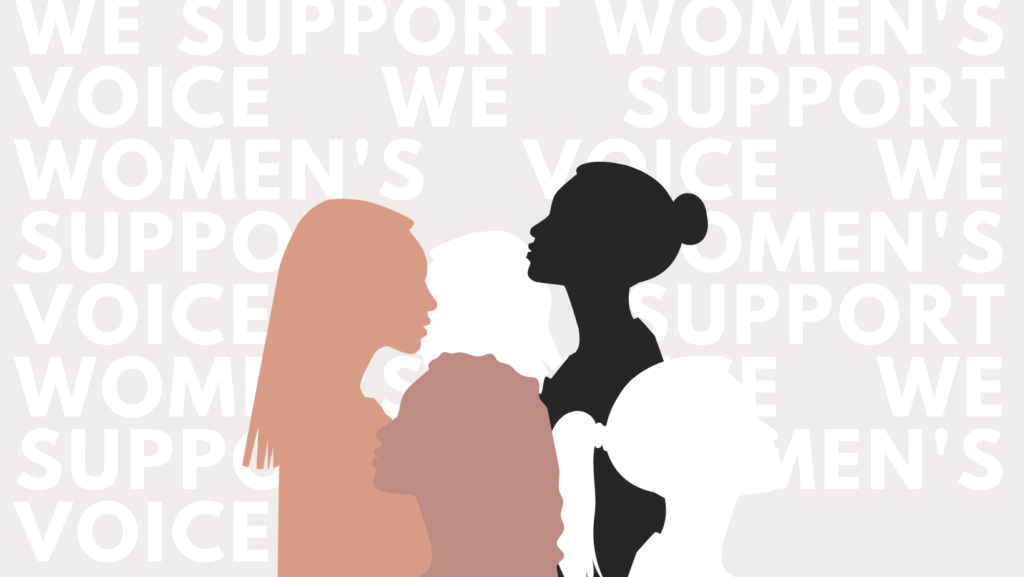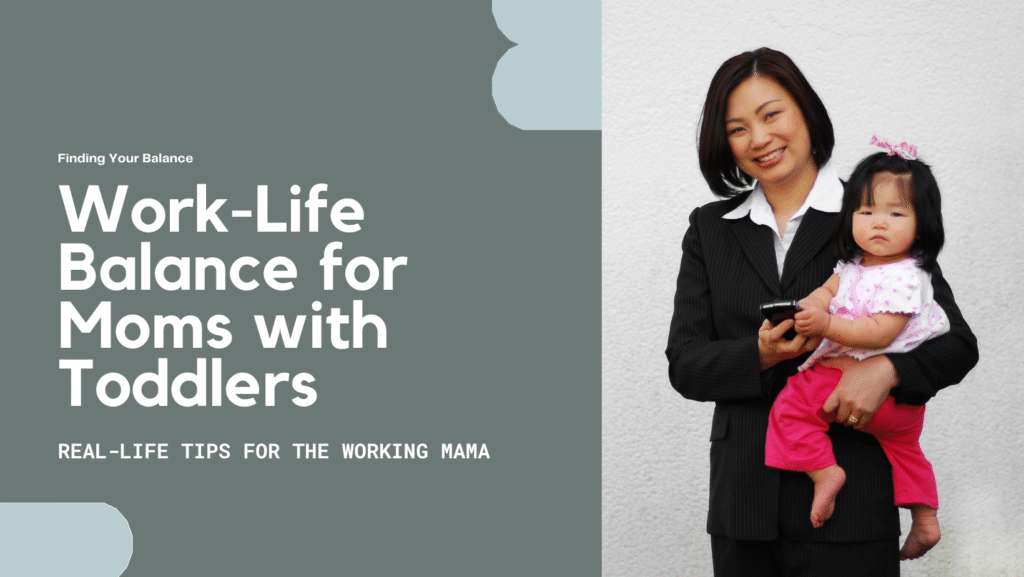Honoring Safety, Choice, and Healing
Childbirth is a deeply personal experience—but for survivors of sexual trauma, it can also bring unexpected triggers, fear, or vulnerability.
If you’ve experienced sexual trauma, know this: you are not alone, and your voice, body, and choices matter—especially during labor and birth.
This post is here to remind you that you have the right to feel safe, respected, and in control during your birth experience. Below are tools and strategies for navigating common challenges such as vaginal checks and labor induction, along with ways to prepare, advocate, and care for yourself throughout the process.
You Have the Right to Say “No” or “Not Yet”
Medical procedures such as cervical (vaginal) checks or induction methods may be necessary at times—but they are never mandatory without your consent. You can always say:
- “I’m not comfortable with a vaginal exam right now.”
- “Can we discuss the risks and benefits first?”
- “I’d like a few minutes alone to decide.”
- “I want to try other methods before moving to induction.”
Informed consent is your right. You can ask for alternatives, delay a procedure, or refuse it altogether. You deserve to be an active participant in every decision about your care.
Talking With Your Provider in Advance
If possible, have a trauma-informed conversation with your provider before labor begins. You might say:
- “I’m a survivor of sexual trauma, and some parts of birth may be triggering for me.”
- “I’d like to discuss ways to minimize internal exams or unnecessary interventions.”
- “Please speak to me before touching me or beginning any procedure.”
A trauma-informed provider will listen with compassion and collaborate on a plan that honors your comfort and emotional safety.
Coping Tools for Triggers During Birth
Even with preparation, moments of vulnerability may still arise. These grounding and coping strategies can help you stay connected to your body and sense of control.
1. Establish Safe Words or Cues
Decide on a word, phrase, or hand signal you can use if you need a pause or extra support. This helps you and your birth team respond quickly when you feel overwhelmed.
2. Grounding With the 5-4-3-2-1 Technique
Name five things you can see, four you can touch, three you can hear, two you can smell, and one you can taste. This sensory check-in helps shift focus away from panic and back to the present.
3. Bring a Comfort Object or Anchor
A soft blanket, piece of jewelry, or photo that brings calm can serve as a physical reminder that you are safe, supported, and in control.
4. Use Soothing Words or Affirmations
Repeat affirmations silently or aloud, or ask your partner or doula to read them to you:
- “This is my body, and I am in charge.”
- “I can speak up. I can be heard.”
- “I am safe. I am not alone.”
5. Partner or Doula Advocacy
Prepare your partner or doula to act as your advocate. They can communicate your preferences to staff, remind them of boundaries, and help you stay centered if you’re unable to speak in the moment.
Special Considerations: Vaginal Checks and Induction
Vaginal Checks
You can request:
- Fewer checks overall
- That checks be done only when medically necessary
- That they be performed by a provider of your preferred gender
- A verbal countdown and clear explanation before and during the exam
Induction
You can ask:
- “What is the medical reason for induction?”
- “Are there alternatives or ways to delay?”
- “Can I use natural methods first?”
- “What are the emotional or physical effects of each option?”
Induction can sometimes feel rushed or out of your control. Asking for time, clear communication, and consent at each step can help you stay grounded.
You Deserve a Safe, Respectful Birth
Your past does not define your ability to give birth—it deepens your awareness of the importance of safety, choice, and self-trust.
Being a survivor does not make you “difficult” for setting boundaries or needing gentleness. It makes you courageous for knowing your limits and honoring your story.
You have the right to care that respects your body and your boundaries.
Resources for Support
Trauma-Informed Birth Plans: Search for downloadable worksheets to guide your conversation with providers.
Local Doulas with Trauma Training: Ask for referrals through local birth centers, mental health clinics, or Postpartum Support International.
Books and Podcasts:
- When Survivors Give Birth by Penny Simkin
- Birth Trauma Mama podcast
Therapist Directories:
Find a trauma-informed or perinatal therapist through Postpartum Support International or your local therapy directory.
Final Note
You are worthy of care that honors your story and supports your healing. Every choice you make during birth can be an act of reclamation—a reminder that your body belongs to you and that you have the right to decide what happens to it.
You have survived so much. You are not just giving birth to your baby—you are giving birth to a deeper, stronger version of yourself.
That is power.
References
Beck, C. T., & Watson, S. (2010). Subsequent childbirth after a previous traumatic birth. Nursing Research, 59(4), 241–249. https://doi.org/10.1097/NNR.0b013e3181e501fd
Simkin, P., & Klaus, P. H. (2015). When survivors give birth: Understanding and healing the effects of early sexual abuse on childbearing women. Classic Day Publishing.
U.S. Department of Health and Human Services, Office on Women’s Health. (2021). Childbirth and sexual trauma. https://www.womenshealth.gov
Postpartum Support International. (2024). Find a perinatal mental health provider. https://www.postpartum.net




